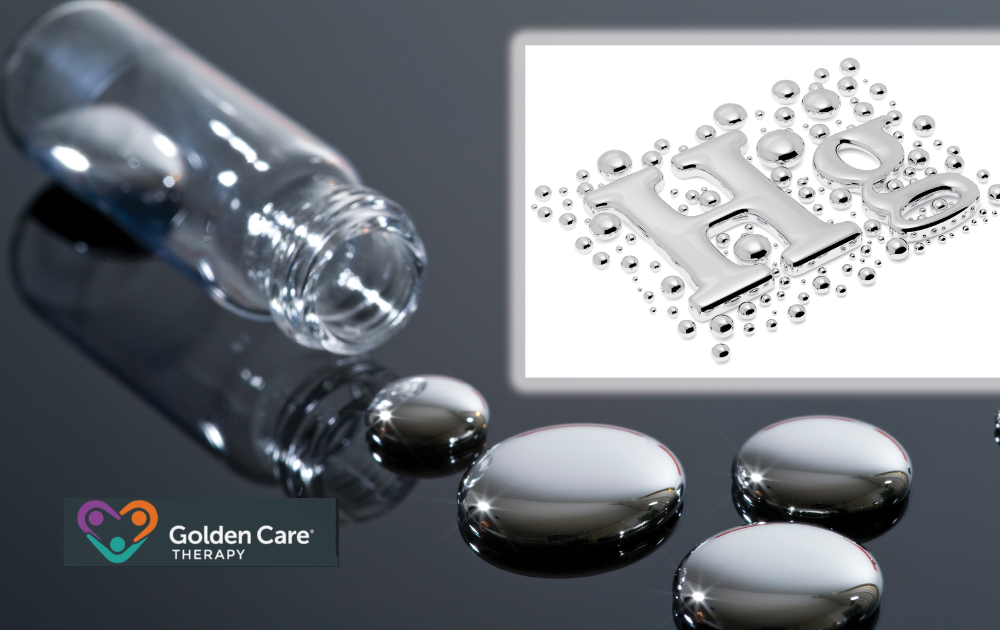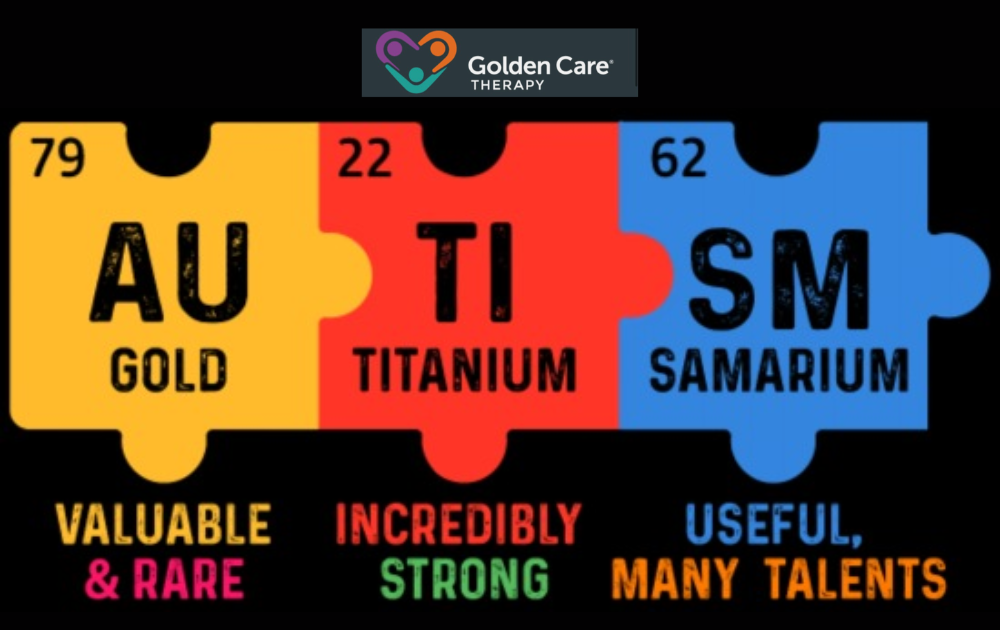Ever wondered how the everyday chemicals around us might impact our health, especially concerning autism? From household cleaners to pesticides, the chemicals we encounter in daily life are under scrutiny for their potential role in autism.
Several studies have identified chemicals as potential contributors to the development of autism. In this article, we’ll explore what these chemicals are and how they could influence the development of autism.
Lead
Lead is a potent neurotoxin that has been shown to lower IQ levels in children. Limiting lead exposure is crucial in reducing the risk of adverse effects. This can be achieved by having experts remove old lead-based paint from homes and avoiding fake leather products that may be contaminated with high levels of lead.

Mercury
Mercury, another heavy metal, can interfere with normal brain development and is typically derived from burning coal for energy. The most common source of mercury exposure for individuals is through consuming contaminated fish, particularly Ahi tuna, swordfish, and orange roughy.
To minimize exposure, it is advisable to be cautious when consuming these types of fish.
PCBs
Polychlorinated Biphenyls (PCBs), previously used in electronics and as a flame retardant, can disrupt healthy nerve cell communication and interfere with the body’s calcium signaling, potentially increasing the risk of autism. PCBs tend to accumulate in the fatty parts of animals. Therefore, opting for a diet lower on the food chain can help reduce exposure.
A study has shown that children born after being exposed to high levels of certain compounds of organochlorine chemicals during their mother’s pregnancy were more likely to be diagnosed with autism compared to individuals with the lowest levels of these chemicals.
Two specific compounds, PCB 138/158 and PCB 153, were significantly associated with autism risk. Children with the highest levels of these PCB forms during prenatal exposure had a higher likelihood of being diagnosed with autism compared to those with lower exposure levels.
Additionally, high levels of PCB 170 and PCB 180 were associated with approximately a higher likelihood of autism diagnosis.
Pesticides
Organochlorine pesticides, commonly used as insecticides, have been linked to autism clusters near farm fields where these chemicals are sprayed. Opting for organic produce can help reduce exposure to pesticide residues.
However, none of the organochlorine pesticides (OCPs) appeared to show an association with a higher risk of autism diagnosis.

Hormone-disrupting Chemicals
Hormone-disrupting chemicals found in various products such as vinyl shower curtains, perfume, makeup, soup cans, and plastic food containers can potentially lead to a range of problems, including low IQ, stunted growth, aggression, and social difficulties. Even in small doses, these chemicals may have adverse effects.
Maternal Factors
The impact of maternal smoking during pregnancy on the development of autism spectrum disorder remains complex.
Recent population-based studies, after adjusting for socioeconomic status, suggest that maternal smoking during pregnancy may not be directly associated with ASD. However, studies conducted among different populations have shown varying impacts.
A study conducted in China found a significant association between maternal second-hand smoke exposure during pregnancy and autism among Asians.
Understanding the potential links between these chemicals and autism risk can help individuals make informed choices and take necessary precautions to minimize exposure.
It is important to note that further research is needed to fully comprehend the complex interplay between genetics, environmental factors, and the development of autism. For families seeking support, Golden Care Therapy offers specialized ABA services in New Jersey, Georgia, Indiana, and New York. To learn more or to schedule a consultation, please contact us or book an appointment with our team.



